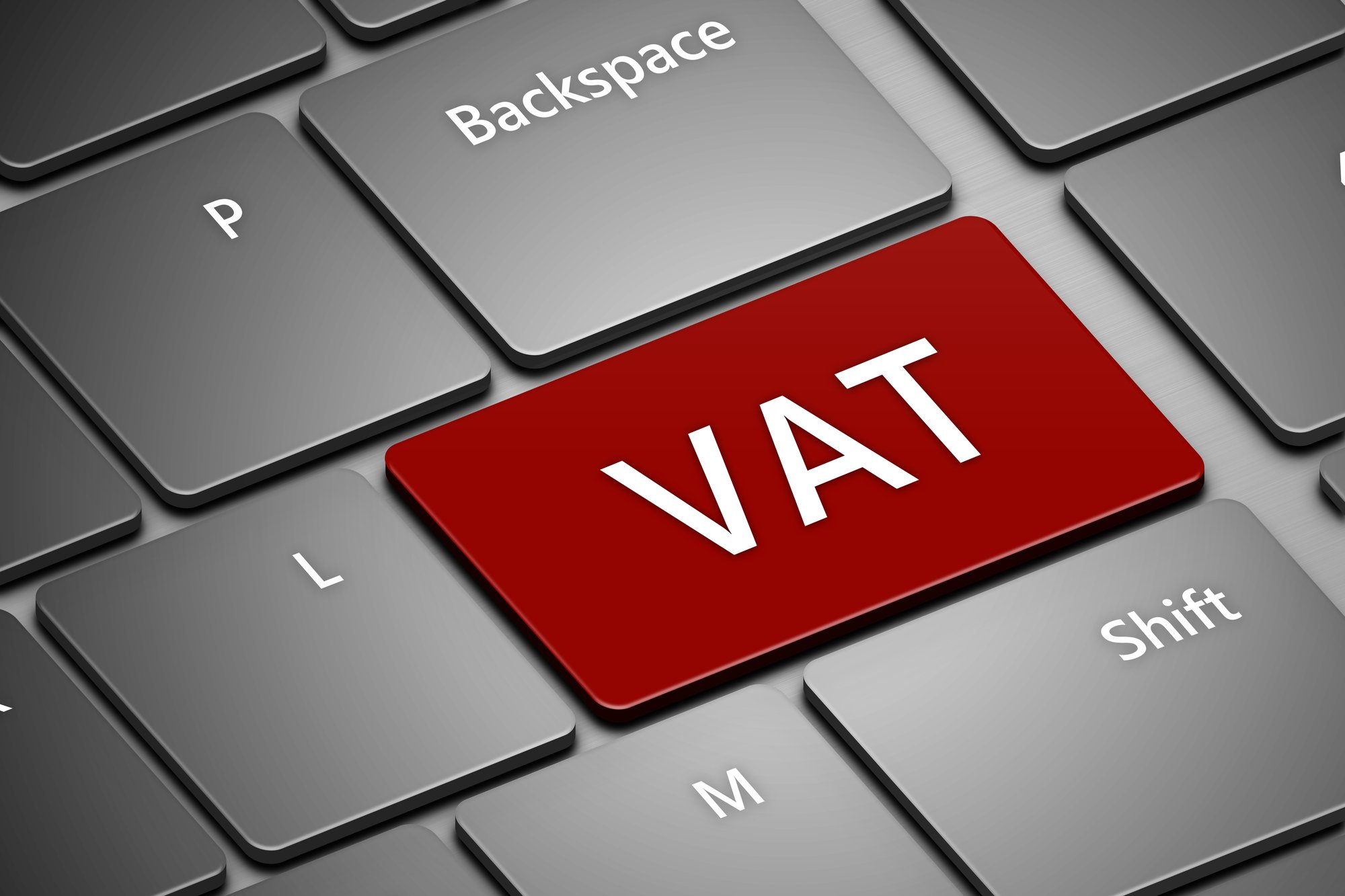VAT - An Introduction
Value Added Tax (VAT) is a tax imposed on goods and services in the UK. Understanding VAT and its workings can be complex, especially for small business owners and entrepreneurs.
In this first of a series of blogs about VAT, we aim to provide a beginner's guide to VAT in the UK, covering key topics such as registration requirements, VAT rates, and returns and payments. We will take a look at the details of VAT, who needs to register, and the implications of not registering, to help you get a better understanding of how VAT works in the UK.
Whether you're just starting a business or have been in operation for a while, this guide will help you get a grip on the basics of VAT and its implications for your business.
What is VAT and how does it work?
Value Added Tax (VAT) is a tax levied on goods and services in the UK. It's a tax that's added to the price of goods and services and is paid by the final consumer. VAT is collected by businesses and paid to HM Revenue & Customs (HMRC).
VAT works on a system of inputs and outputs. Businesses pay VAT on the goods and services they purchase (input VAT), and they charge VAT on the goods and services they sell (output VAT).
If the amount of input VAT is greater than the amount of output VAT, the business can claim a refund from HMRC. If the amount of output VAT is greater than the amount of input VAT, the business must pay the difference to HMRC.
The VAT system in the UK operates on a self-assessment basis, which means that businesses are responsible for registering for VAT, keeping accurate records of their VAT transactions, and submitting regular VAT returns to HMRC.
The standard VAT rate in the UK is 20%, although there are reduced VAT rates for certain goods and services, as well as zero-rated and exempt items.
Who needs to register for VAT?
In the UK, businesses are required to register for VAT if their taxable turnover (the value of taxable supplies they make) exceeds a certain threshold. The current VAT registration threshold is £85,000 per annum. If a business's taxable turnover is below this threshold, they may still choose to register for VAT voluntarily.
It's important to track your turnover carefully. Businesses must register for VAT within 30 days of reaching the threshold. Failure to register for VAT when required can result in penalties and interest being imposed by HMRC.
In addition to registering for VAT, businesses must also keep accurate records of their VAT transactions and submit regular VAT returns to HMRC. VAT returns must be submitted quarterly or monthly, depending on the size and nature of the business.
What are the current VAT rates?
There are three main VAT rates: the standard rate, the reduced rate, and the zero rate.
The standard VAT rate is 20%, which applies to most goods and services.
The reduced VAT rate of 5% applies to certain essential goods and services, such as domestic fuel and power, and children's car seats.
The zero rate applies to goods and services that are exempt from VAT, such as most food items and books.
Businesses must charge the correct VAT rate on their goods and services. If a business charges the wrong VAT rate, they may have to pay a penalty to HMRC.
In addition to the standard, reduced, and zero rates, there are also special schemes for small businesses, such as the Flat Rate Scheme and the Cash Accounting Scheme. These schemes are designed to make it easier for small businesses to manage their VAT obligations. However, not all businesses are eligible for these schemes, and businesses must meet certain criteria to participate.
VAT returns and payments.
Businesses that are registered for VAT must submit regular VAT returns to HM Revenue & Customs (HMRC), which detail their VAT transactions over a specific period of time. VAT returns must be submitted quarterly or monthly, depending on the size and nature of the business.
When submitting a VAT return, businesses must calculate the VAT they owe based on the difference between the VAT they have charged and the VAT they have paid. If the VAT owed is greater than zero, the business must pay the VAT owed to HMRC. If the VAT owed is less than zero, the business can claim a refund from HMRC.
VAT registered businesses are now obliged to submit their returns using the new Making Tax Digital (MTD) system. It's important to submit VAT returns and make VAT payments on time, as failure to do so can result in penalties and interest being imposed by HMRC.
In addition to submitting VAT returns and making VAT payments, businesses must also keep accurate records of their VAT transactions, including invoices and receipts. Businesses must retain these records for a minimum of 6 years, as HMRC has the right to inspect them at any time.
The VAT system in the UK places huge obligations on the business owner to correctly register their business, to ensure that they are assigning the correct rates to their goods and services, and to complete their returns on time and in the correct manner. This can be time-consuming and easy to get wrong. It is worth considering using a bookkeeper who is familiar with the VAT system and can help you avoid costly mistakes.
Nothing on this page is intended to be or should be construed or taken as accountancy, investment, tax or any other kind of advice. We recommend individuals and companies seek professional advice on their circumstances and matters.

